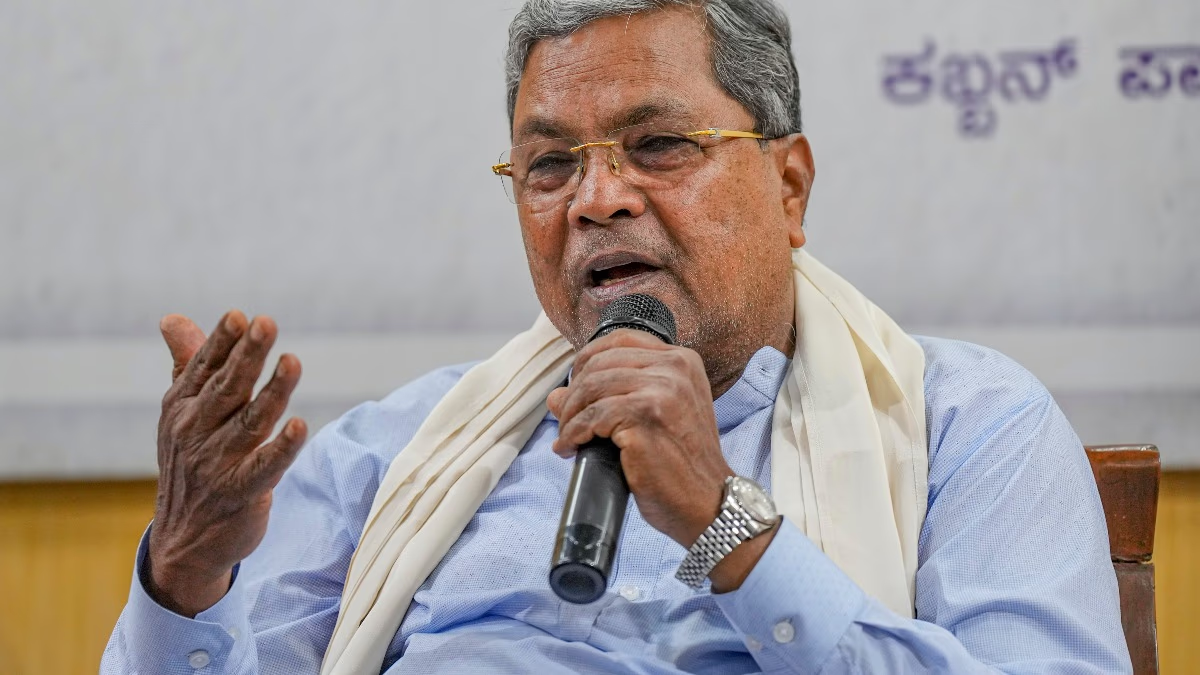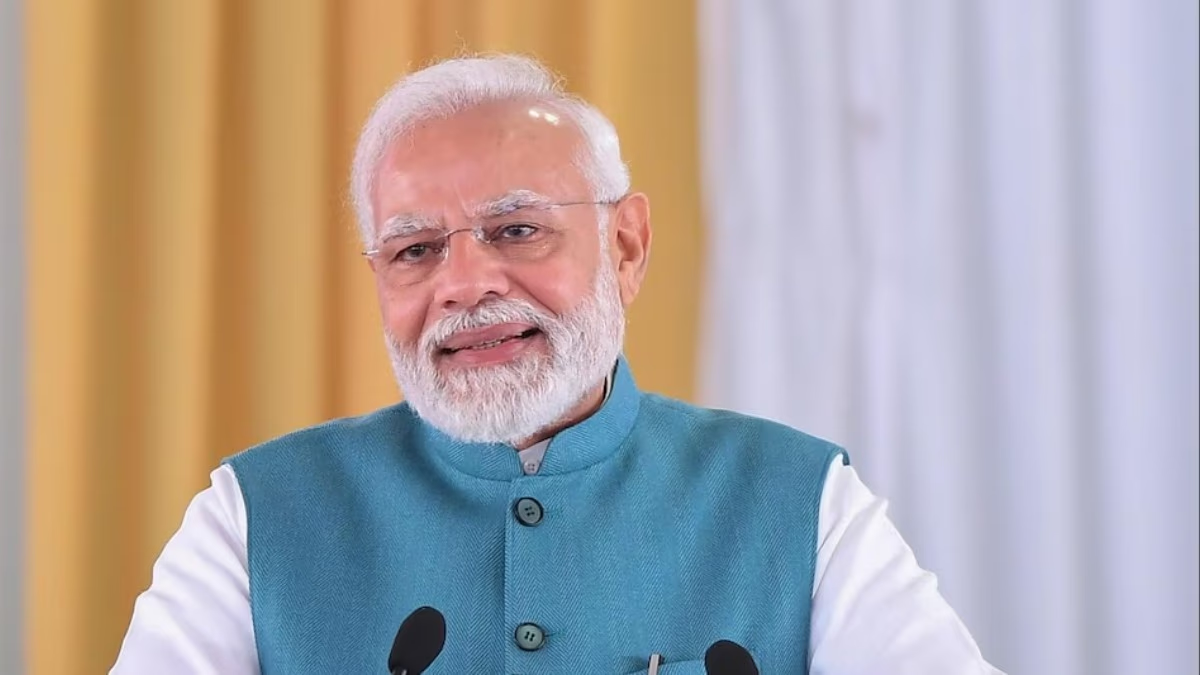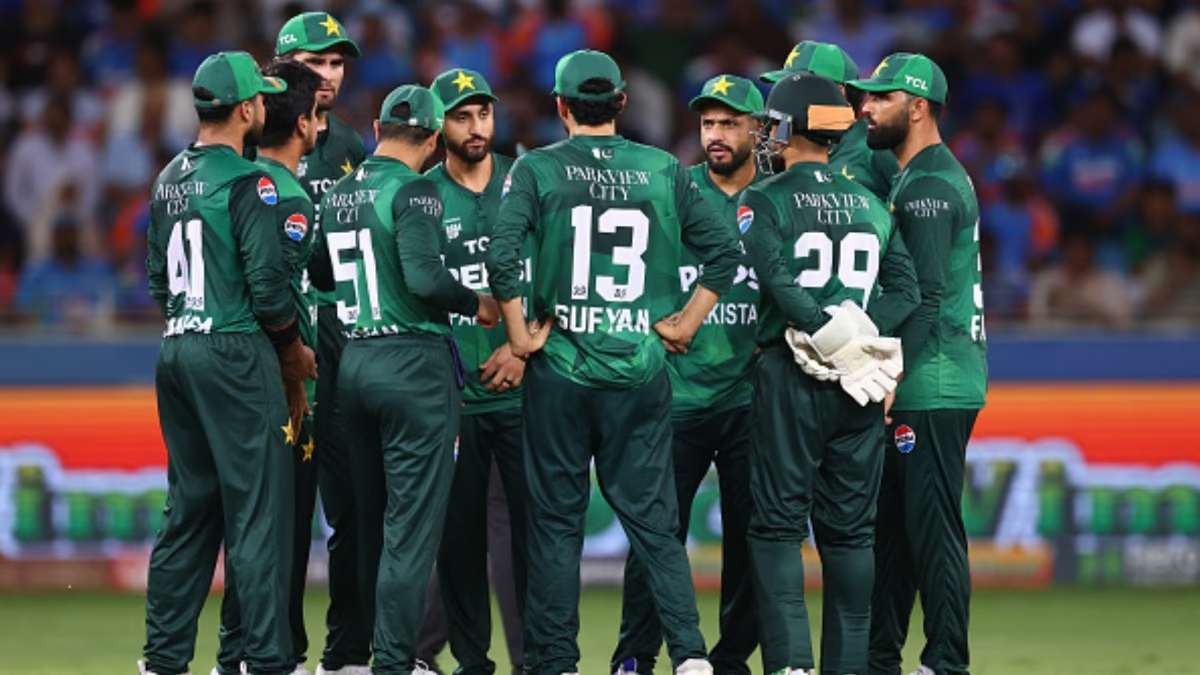Karnataka Chief Minister Siddaramaiah is caught in controversies. There are allegations of land allotment fraud involving his wife. The entire dispute revolves around three acres of land. However, Siddaramaiah claims that Mysore Urban Development Authority (MUDA) illegally acquired the land from them.
Parvathi, Siddaramaiah's wife, owned three acres and 16 guntas of land in Kesru village, Mysore district. This land was a gift from her brother Mallikarjuna. It was acquired by MUDA, and in return, she received 38,283 square feet of plots in the Vijayanagar area in 2021. These plots are in a prime location in South Mysore. Allegations suggest that the market value of the plots in Vijayanagar is much higher than the original land in Kesru, causing the BJP to accuse them of a scam. The land was allocated to Parvathi during the previous BJP governance.
India Today's investigation revealed that the land belongs not to Devaraju but to Manjunath. The land in Kesru village was initially owned by Javara's son, Ningappa, who had three sons: Mallayya, Mylarayya, and J. Devaraju.
Revenue records indicate that on October 29, 1968, Ningappa’s eldest son, Mallayya, and youngest son, J. Devaraju, relinquished their rights to three acres and 16 guntas of land in Kesru village for just 300 rupees in favor of their brother Mylarayya. Consequently, Mylarayya became the sole owner of the land.
After Mylarayya's death, his children, Manjunath and Jamuna, became the legal heirs. However, a few years later, Devaraju tricked Manjunath Swamy and his wife Puttagowramma into signing blank papers. Manjunath Swamy claimed that Devaraju deceived them and registered the property under IHR (Inam Holder Register) in his own name.
Manjunath Swamy asserts that in November 2015, MUDA nullified the IHR, technically voiding Devaraju’s ownership. Therefore, Devaraju wasn't the rightful owner of the land sold to Mallikarjuna.
Lingering Questions
1. If Devaraju was not the rightful owner, how could he sell the land to Mallikarjuna? 2. Did Mallikarjuna intentionally gift the land to Siddaramaiah's wife, knowing he could transfer the disputed land using political influence? 3. When MUDA voided the IHR, shouldn’t the rightful owner have received alternate land or compensation instead of Siddaramaiah’s wife, Parvathi?
What's the Entire Case?
Karnataka Chief Minister Siddaramaiah faces serious allegations of irregularities in the MUDA land allotment. He is accused of having MUDA land allocated to his wife, Parvathi. The governor has sought a report from the government on MUDA, while the BJP demands Siddaramaiah’s resignation and a CBI probe. However, Siddaramaiah denies these charges.
In a Bengaluru press conference, he explained how his wife received the land. He detailed that his brother-in-law, Mallikarjuna Swamy, purchased 3.16 acres of land in Kesru village, Mysore Taluk. Opponents argue that this land falls under the PTCL Act, which Siddaramaiah claims is incorrect. This land was self-acquired by Ningappa and Javara through an auction in 1935, becoming their property.
According to Siddaramaiah, since it was self-acquired property, Ningappa had possession of it from 1935, and it eventually passed to his third son, Devaraju, who became the land's owner. Devaraju had full rights to sell it, and it was bought by Siddaramaiah’s brother-in-law, Mallikarjuna. This isn't a crime, he stated. The land was later acquired by MUDA, with the initial notification in 1992 and the final one in 1997.
He detailed that in 1996, Devaraju requested the Urban Development Minister to check the land acquisition and denotification. A committee was set up for this investigation.
In 2004, Devaraju sold the land to Mallikarjuna, who then gifted it to Siddaramaiah’s wife, Parvathi, in 2010.
Siddaramaiah claims that MUDA created plots on the land without informing the owners and without their consent. When Parvathi learned about this, she applied to MUDA in 2014, requesting alternative land as MUDA had taken over her land illegally.




